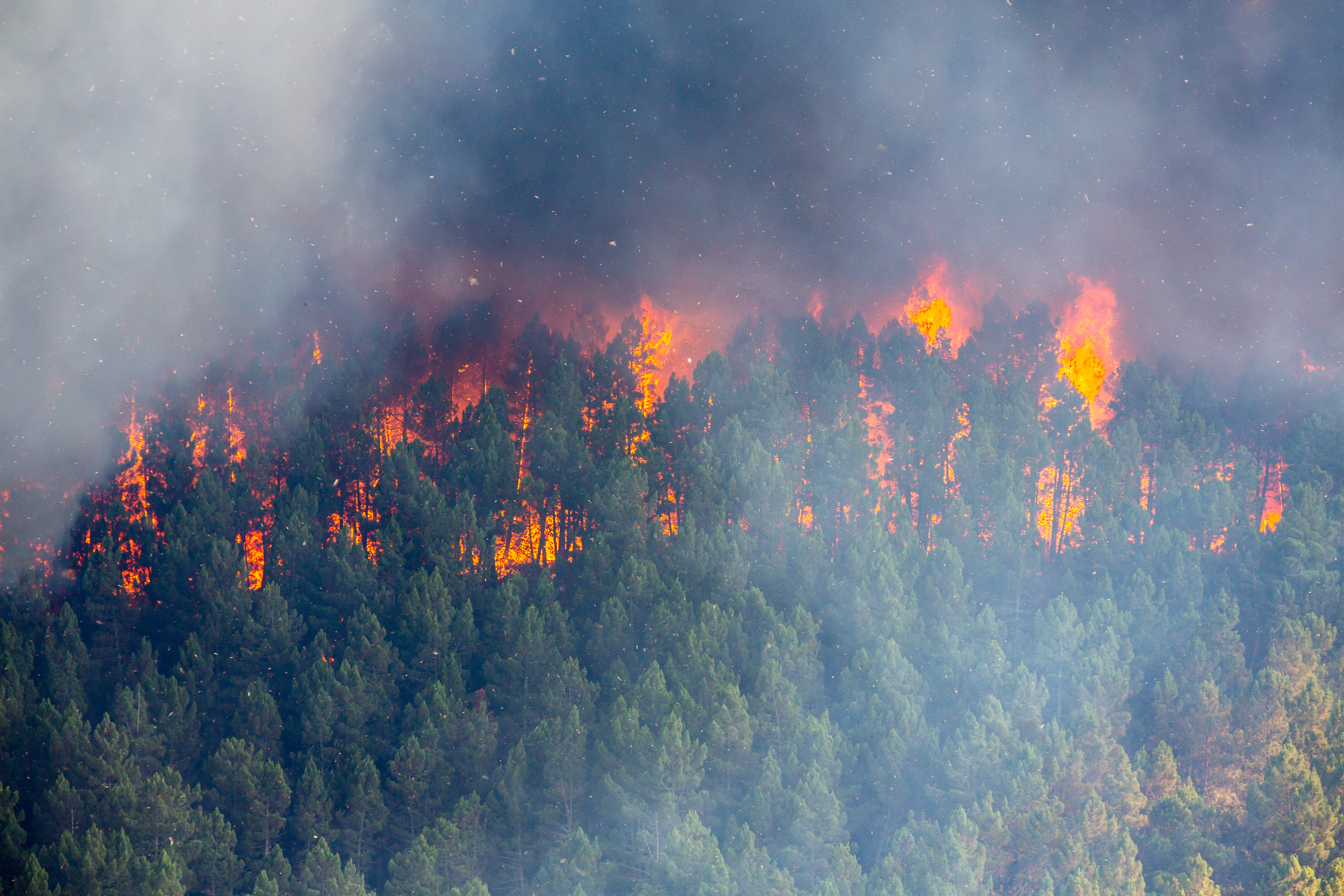Smarter Safer, a national coalition made up of a diverse chorus of voices, champions a united front for environmentally responsible and fiscally sound approaches to natural catastrophe policy that promotes public safety. As we continue through a devastating wildfire season, it is important that we address these concerns and implement actionable solutions to prevent further damage in the long term.
The Facts
The 2021 wildfire season has affected much of the U.S. west and been worsened by abnormally high temperatures, record breaking heat, and prolonged drought largely driven by climate change. The 2021 wildlife season has seen more than 38,000 wildfires that have burned over 3,361,159 acres across the U.S. (1). It is important to note that as changing weather patterns and weather systems persist, the threat of wildfire will continue to push itself towards the east coast, (2) transforming wildfires from a regional issue to a national issue. That 90 percent of fires are started by people (3) is a sign that widespread education campaigns are needed. More importantly, cohesive national policy is necessary to fully address the pending dangers of wildfires.
While more commonly associated with physical damage, wildfires pose public health and environmental risks. Wildfire smoke contains very fine particles, and when inhaled, can cause serious chronic respiratory problems (4). Increased demand for affordable housing has spurred construction in the wildland urban interface, putting more people, specifically low-income people of color, at risk. Data indicates that Latinos in the West are twice as likely to live in areas most threatened by wildfires (5).
Additionally, there has been an alarming increase in the duration of wildfires and the speed at which they spread. Environmental conditions such as low humidity, terrain dryness, presence of winds, and the region’s topography are all variables that influence speed. Recent reports indicate that wildfires can travel between six and fourteen miles per hour (6). These speeds render zone-byzone evacuation routes useless because everyone must leave at once, congesting traffic routes and putting more people in danger7 . Further, wildfires create post-fire environments that are prone to more wildfires, and other natural disaster events. After a wildfire, it is not uncommon for communities to experience flooding with heavy debris flow during the first rainy season because the natural environment that would have worked against flooding is destroyed (8). Fires destroy native species and create space for invasive species that are more likely to be fuels for larger and more destructive fires (9).
With such troubling data, SmarterSafer encourages lawmakers to advance policy that will ensure communities can better withstand climate change, wildfires, and the related natural disasters that follow.
Policy Solutions
Below, we’ve outlined policy recommendations that will help address the rising concerns related to wildfires and disaster mitigation. In addition to the policy ideas below, strategic investments to restore forest health and improve forest management are critical to stem the wildfire crisis.
- S. 1248, the Outdoor Restoration Partnership Act, which would create an outdoor restoration fund to restore forest and watersheds as well as invest in local, state, and tribal governments to implement mitigation strategies.
- S.1734 and H.R. 3442, the National Prescribed Fire Act of 2021, which would require pre-season prescribed burns to reduce the risk of wildfire and create workforce development programs to build the human capital needed to conduct these burns.
- S. 2150 and H.R. 4082, the Wildland Fire Mitigation and Management Commission Act, to establish a commission to study and recommend fire prevention, mitigation, management, and rehabilitation policies for forests and grasslands.
- S.2432 and H.R. 4675, the Disaster Mitigation and Tax Parity Act of 2021, which would provide tax exemptions for state mitigation grants, including wildfire.
- S. 1282 and H.R. 2760, The Built to Last Act, which would improve infrastructure resiliency by ensuring that building codes are created with forward-looking climate information, including data on wildfires and other environmental trends.
- HR 4614, the Resilient Federal Forests Act, which would improve management and restoration practices to protect forests from wildfires.
- Encourage federal agencies to better understand and collaborate with each other and other global agencies on the effects of climate change on national forests and wildfire risk.
- Utilize prescribed burns as a method for wildfire mitigation.
- Support alternative sources of funding to be paired with congressional funding for
climate projects. - Include climate resilience and mitigation as part of the mandate for different national
forest authorities. - Encourage federal agencies to transfer risk to the insurance and reinsurance markets
(including related capital market products) to mitigate the financial risks for US taxpayers. - Require the Forest Service to produce evidence-based and solution-driven instructions regarding carbon management.

